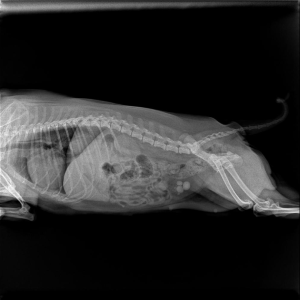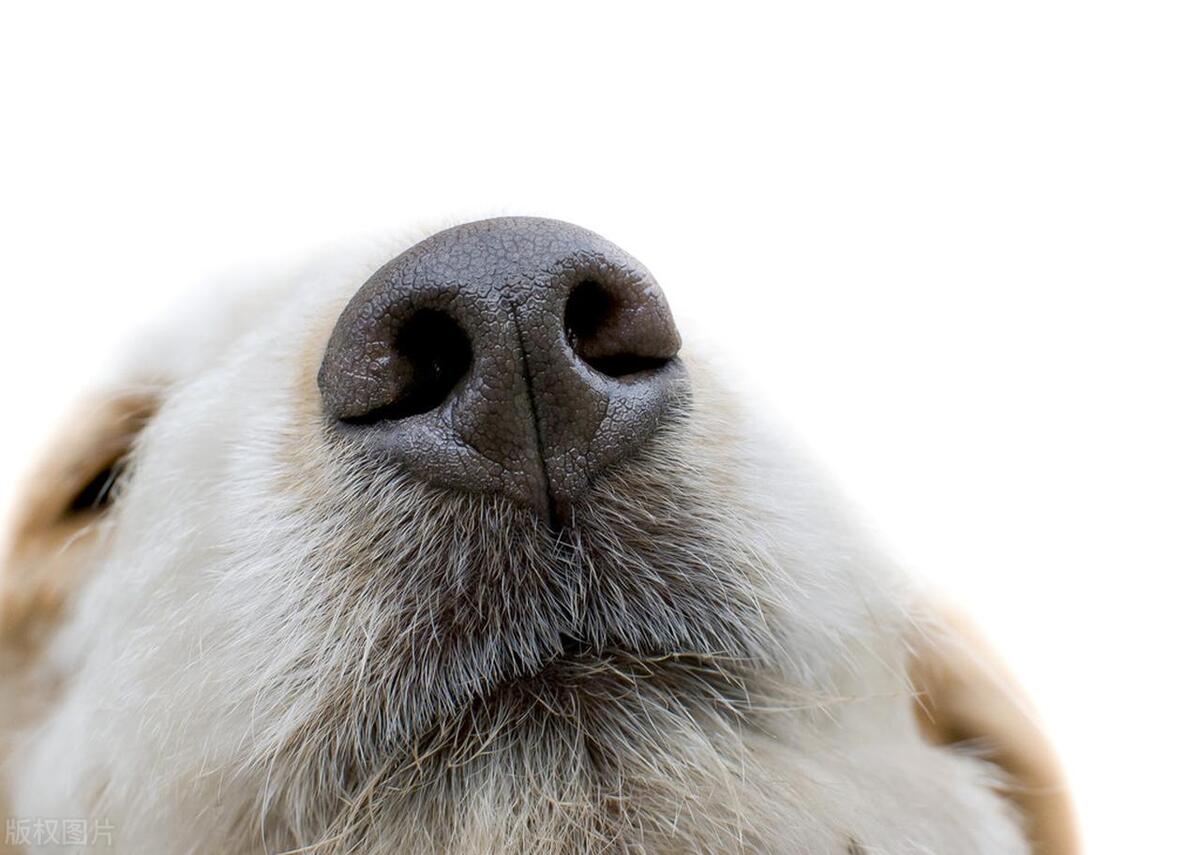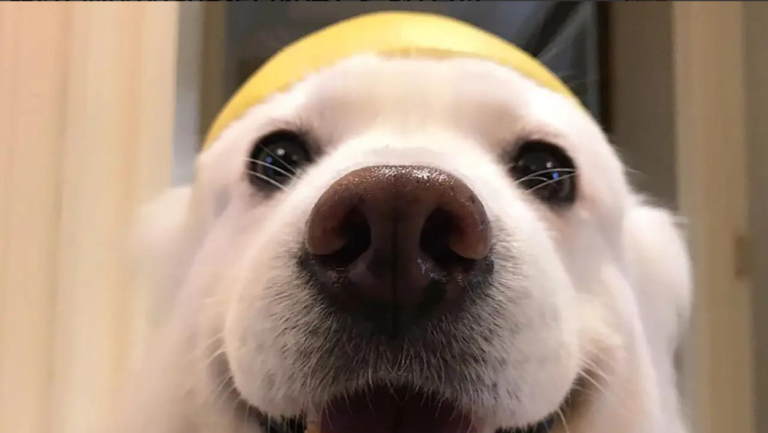How to treat bladder stones in dogs? Surgery or medication? Which is better?
ByJackie.L
Bladder and urethral stones in dogs are one of the most common diseases of canine urinary tract stones, and are common in middle-aged and elderly dogs. Male dogs often have stones in the bladder and urethra at the same time, while female dogs mainly have bladder stones. Male dogs often suffer from urinary tract damage inflammation or obstruction due to the enlargement of urinary stone particles, and have obvious clinical symptoms such as frequent urination, hematuria, dribbling urine or urinary retention. If not treated in time, the dog may die as the disease progresses.
Symptoms:
When a dog suffers from bladder stones, the dog will have difficulty urinating, hematuria and frequent toileting, but the urine discharged each time is small or no urine. When touching the bladder, the bladder sensitivity increases. When the stone is at the neck of the bladder, urination difficulty and urination pain will occur. Larger stones can be felt from the outside.
When a dog suffers from bladder stones, the dog will have difficulty urinating, hematuria and frequent toileting, but the urine discharged each time is small or no urine. When touching the bladder, the bladder sensitivity increases. When the stone is at the neck of the bladder, urination difficulty and urination pain will occur. Larger stones can be felt from the outside.
Diagnosis:
The diagnosis of bladder stones is usually based on medical history, physical examination, X-ray examination or ultrasound examination. In some cases, bladder stones in cystitis can be detected by palpation. It should be noted that some bladder stones cannot be diagnosed by X-rays due to their small size (<1mm) or X-ray transparency (cystine, uric acid and calcium phosphate stones are prone to false negative results).
The diagnosis of bladder stones is usually based on medical history, physical examination, X-ray examination or ultrasound examination. In some cases, bladder stones in cystitis can be detected by palpation. It should be noted that some bladder stones cannot be diagnosed by X-rays due to their small size (<1mm) or X-ray transparency (cystine, uric acid and calcium phosphate stones are prone to false negative results).
How to treat:
- Surgical treatment
Surgery for bladder stones can choose laser lithotripsy and cystotomy, which is faster than taking medicine, but the risk is high. Surgery involves anesthesia. Due to individual differences, there are certain anesthesia risks, such as too deep anesthesia and inability to wake up and anesthetic metabolism disorders. If the prognosis is not done well, the recurrence rate is high. It is also possible to relapse again if the postoperative protection is not in place. Frequent surgery is even more harmful to dogs. - Drug treatment
Generally speaking, if the dog does not have urinary tract obstruction, it can be treated with drug stone removal first. Combined with diet and drinking more water, most stones can be dissolved or discharged with drugs. The Chinese medicine Qianbei Mikang beef tablets contain detoxifying and diuretic ingredients such as thistle, Poria cocos, and cranberry. It is mild and nourishing. Choosing drug stone removal is safe, low cost, and less harm to the dog’s body.
The occurrence of bladder stones is often closely related to the animal’s genetic factors and physical constitution, so the recurrence rate is high, and appropriate preventive measures and regular inspections are required.
- Try to keep your pets from being partial to food, and use regular dog food as the main food. Snacks can be fed occasionally, and do not feed human food, and do not feed a single meat food for a long time. Mainly low oxalate, low protein, low calcium, and high magnesium, and eat less high oxalate foods such as strawberries, nuts, and tea.
- Pay attention to moderate exercise at ordinary times, ensure the dog’s drinking water, and feed purified water or cold boiled water as the main food.
- Do not let the dog hold its urine. It is also best to train the dog to have a fixed place to urinate in the house to avoid holding urine due to untimely walking.







